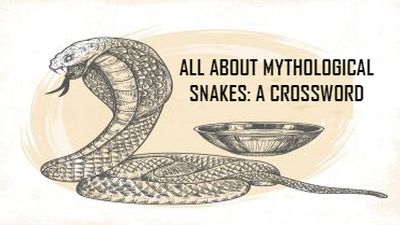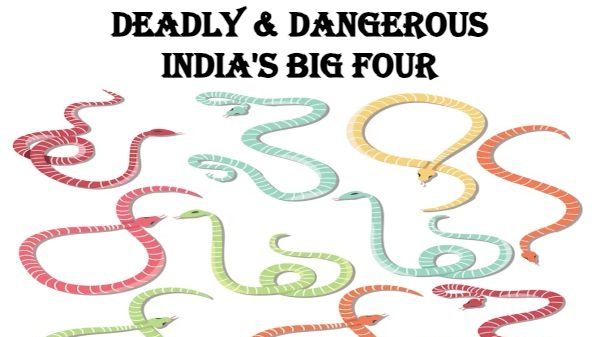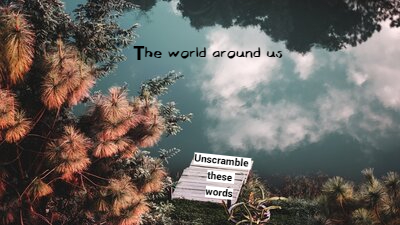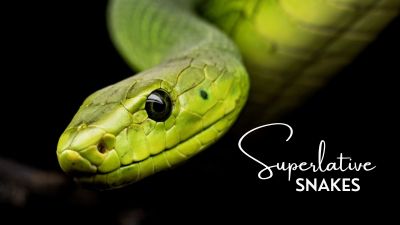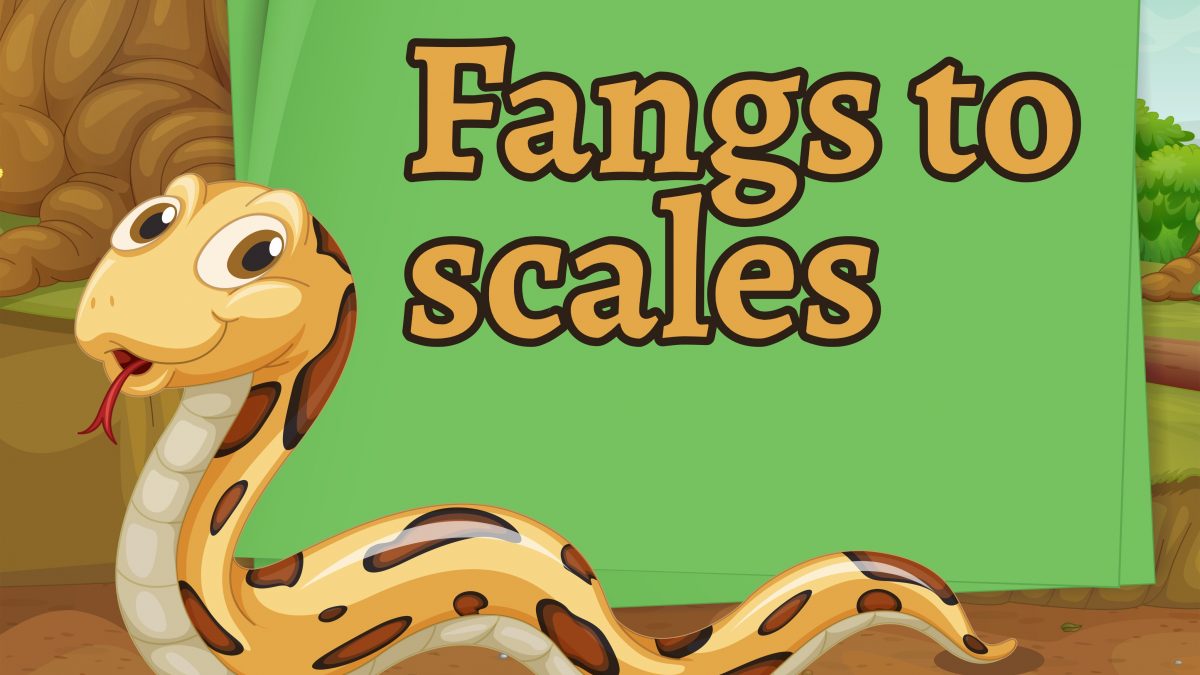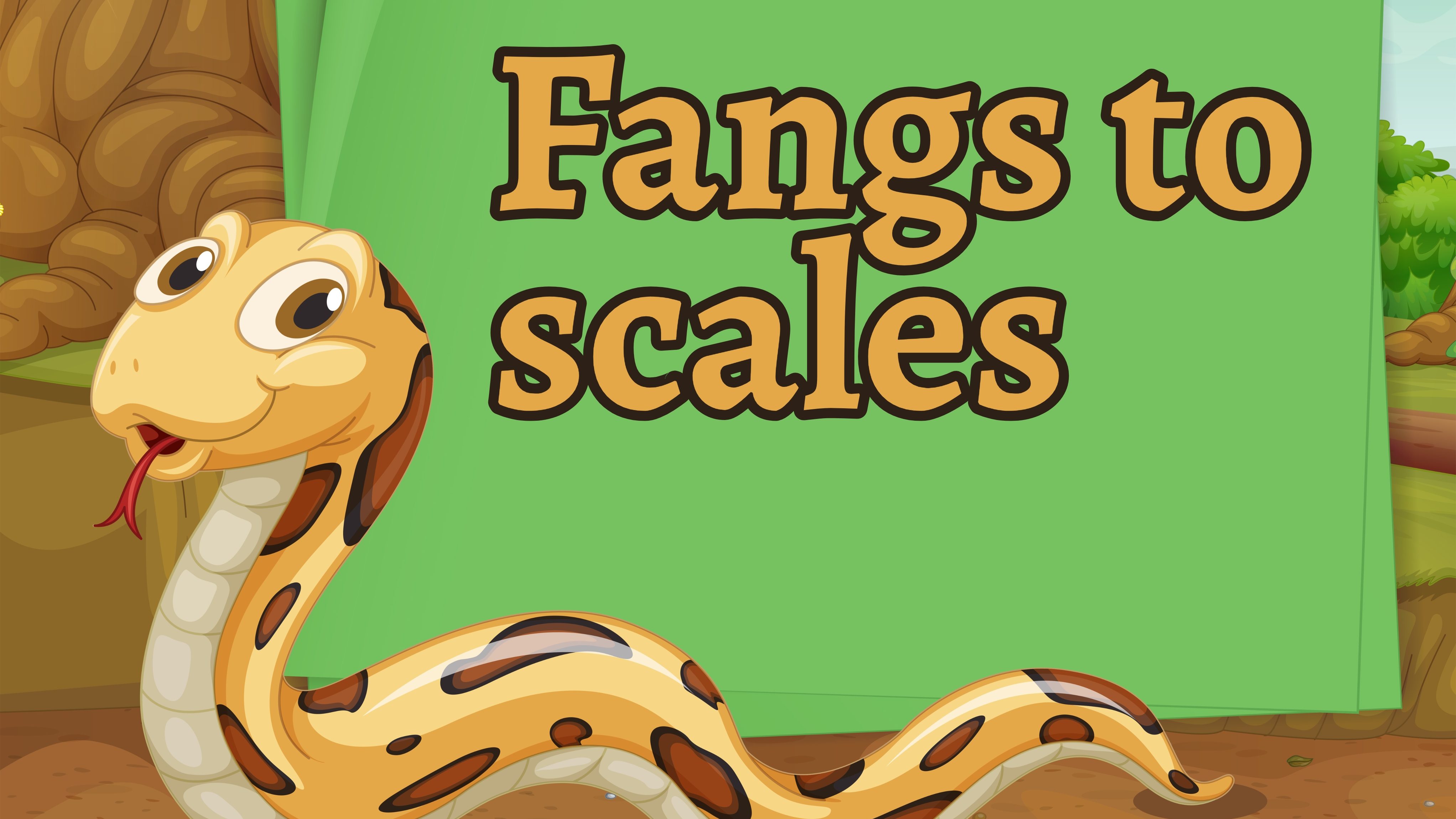Meet the superlatives in the fascinating world of snakes. How many of them can you recognise?
From majestic pythons of the tropics to elusive vipers of the mountains, snakes inhabit diverse habitats around the world, showcasing the remarkable adaptability of these reptiles. Though they are feared, snakes play an important role in maintaining the balance of ecosystems as predators and as prey for other animals. Let’s take a look at some of these enigmatic creatures who have made it to the superlative list.
In each image, move the slider from right to left to see the snake.
The world’s deadliest snake title depends on various factors such as venom potency, delivery mechanism, and aggressiveness. And the Inland Taipan wins it hands down. Native to central Australia, it possesses highly potent venom and has the highest known LD50 (lethal dose) among all snake venoms. Its venom can cause severe damage to the nervous system, blood clotting issues, and organ failure if left untreated. Fortunately, the Inland Taipan is shy and reclusive, and its remote habitat minimises the chances of encountering humans, making actual human fatalities extremely rare.
From forests to meadows and even urban environments, it has been able to thrive in a wide range of habitats. A non-venomous species found throughout North America, its adaptability extends to temperature as well; it is one of the few species that can tolerate colder climates. One notable characteristic is its preference for amphibian prey such as frogs, toads, and salamanders. However, it is an opportunistic feeder and also consumes small fish, worms, insects, and sometimes even rodents. Another interesting aspect is its defence mechanism. When threatened, it releases a foul-smelling musk from its cloacal glands as a deterrent.
Epicrates cenchria is a beautiful species that exhibits a stunning array of vibrant colours that shimmer and reflect light. Its name is derived from the iridescent sheen of its scales, which give off a rainbow-like appearance when exposed to light. Rainbow Boas can display a variety of hues, including deep reds, oranges, yellows, and shades of blue and green, which are enhanced by a series of distinct patterns, such as speckles, stripes, or bands.
Scientifically known as Python reticulatus, the longest verified specimen measured a staggering 10 metres. Found in Southeast Asia, including countries such as Indonesia, Malaysia, and the Philippines, they have a distinct pattern of reticulated scales that gives them their name. Using its patterned scales and iridescent colours, this python is an agile climber and swimmer, adapting to various habitats from forests to grasslands. As an ambush predator, it possesses sharp teeth and powerful muscles to capture and constrict its prey.
These colossal constrictors can reach impressive weights of over 227kg and have also been reported to exceed 270kg in some exceptional cases. These heavyweights thrive in the aquatic habitats of South America and use their powerful muscles and habitat to hunt and subdue their prey. Their impressive girth and ability to constrict prey with incredible force make them efficient hunters capable of subduing even large animals. Green Anacondas are typically non-aggressive toward humans and prefer to avoid confrontation. These mighty serpents represent the incredible diversity and natural wonders found within the vast rainforests they call home.
Discovered in 2008 on the Caribbean island of Barbados, this species holds the record for being the smallest snake ever documented. Withe even adults typically measuring around 10 cm, they are also incredibly slender. With their delicate bodies and minuscule size, they can easily fit on a coin or even the tip of a finger. The Barbados Threadsnake spends most of its life burrowing underground and preying on small invertebrates. Due to their burrowing lifestyle, they have reduced eyes that are covered by scales. They rely primarily on other senses, such as touch and chemical cues, to navigate and locate prey.
Renowned for its incredible speed, the Black Mamba is capable of slithering at speeds of up to 20km per hour. Its remarkable swiftness allows it to swiftly move across the African savannah, making it a formidable predator and an elusive creature to encounter. Apart from covering ground quickly, it also possess neurotoxic venom that affects the nervous system, causing paralysis and respiratory failure. Its venom is known to be potent and can deliver large quantities in a single bite.
Among the rarest and most critically endangered snake species in the world, there are only a few remaining individuals in the wild. Endemic to the Caribbean island of Saint Lucia, this slender, non-venomous snake has a brown or olive body with distinct black markings on the back. Once found throughout the island, the Saint Lucia Racer has declined due to habitat loss, predation by introduced species, and human activities. At one point, it was even considered extinct in the wild. However, conservation efforts have been implemented to protect and restore its natural habitat, and reintroduction programmes have been successful in establishing captive-bred individuals back into the wild.
Also known as the Spectacled Cobra, this highly venomous species has demonstrated remarkable problem-solving abilities and social behaviours. For example, it can navigate through complex mazes and find its way to a reward, showcasing cognitive abilities. Known to also fully learn and adapt, it can learn to associate certain stimuli with rewards or threats, which suggests a level of cognitive flexibility. It possesses a highly developed sensory system and a specialised organ called the Jacobson’s organ, which enables it to detect and analyse chemical cues in its environment.



